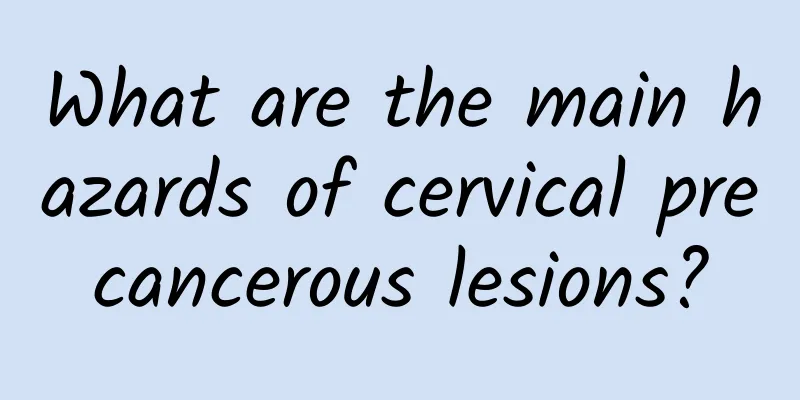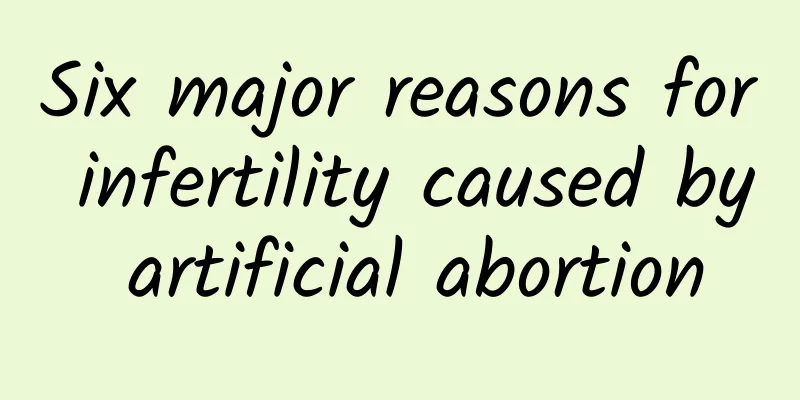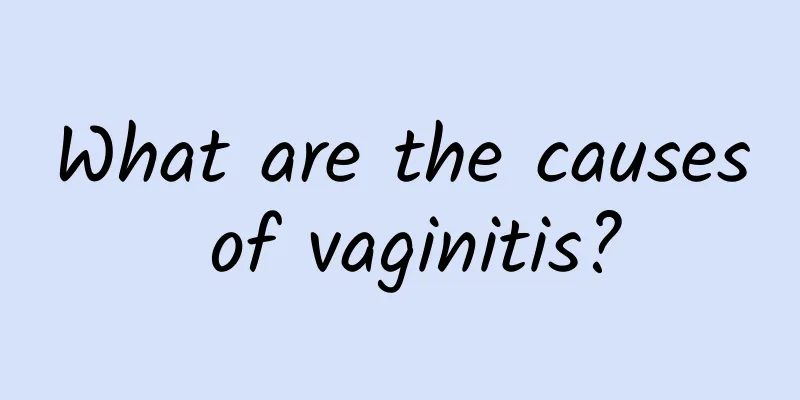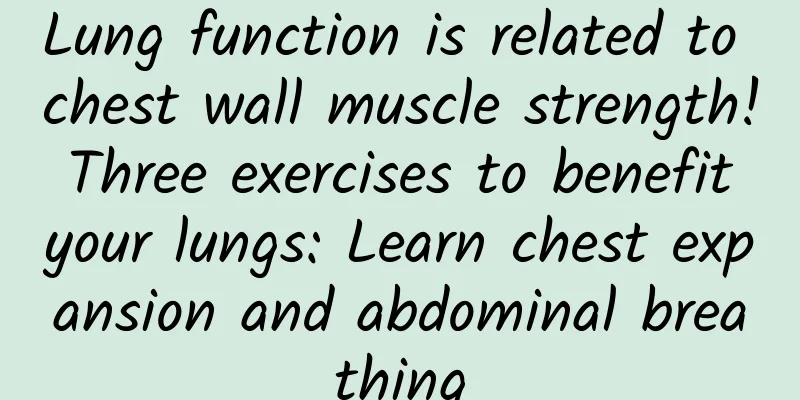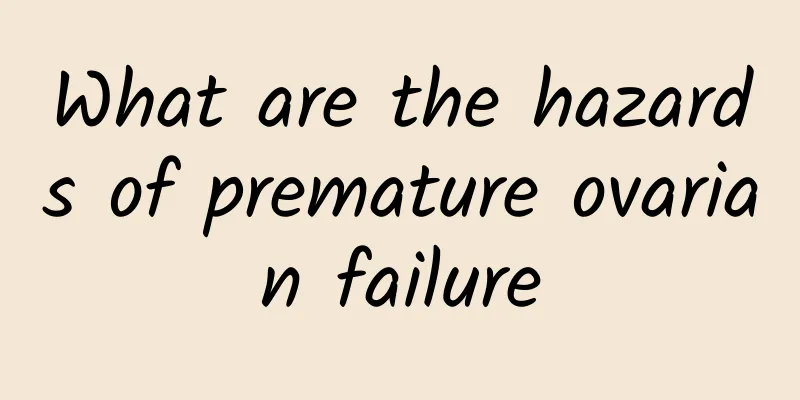How to treat uterine fibroids? Will the treatment of uterine fibroids cause complications?
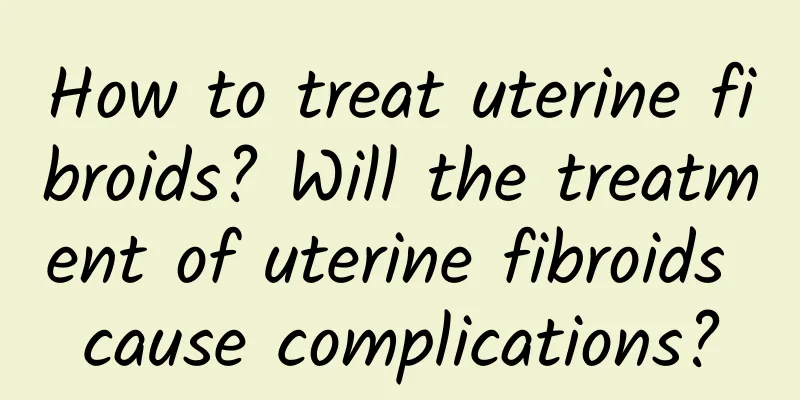
|
Generally speaking, the disease will recover after treatment and surgery, and other diseases will not occur. For example, uterine fibroids of these special diseases may have some complications during surgery. This is due to the protrusion of the tumor or surgical trauma. The tumor capsule is often ruptured, which is prone to infection and decay after rupture. Decay usually causes severe irregular bleeding and fever. Because necrotic tissue loses its coloring reaction, microscopic examination usually cannot obtain results. (1) Infection and suppuration: Myoma infection is the consequence of tumor pedicle torsion or acute endometritis. Hematogenous infection is very rare. The infection is sometimes purulent, and in a few cases, abscesses form in the tumor tissue. After the subserosal myoma pedicle is twisted, intestinal adhesion occurs, which may be infected with intestinal bacteria. The inflammatory myoma adheres to the uterine appendages, causing purulent inflammation. Submucosal fibroids are most susceptible to infection and often coexist with acute endometritis after abortion or in the puerperium. Some of them are caused by scraping or injury from obstetric surgery. Due to tumor protrusion or surgical trauma, the tumor capsule is often ruptured, which is prone to infection and decay after rupture. Decay usually causes severe irregular bleeding and fever. Due to necrotic tissue, the discharged decayed fragments lose their coloring reaction, and microscopic examination usually cannot obtain results. (2) Torsion: Subserosal fibroids can twist at the pedicle, causing acute abdominal pain. If the tumor pedicle is severely twisted, if surgery is not performed immediately or it cannot be turned back on its own, a free fibroid may be formed due to the twisting of the tumor pedicle, as described above. The twisted fibroid can also drive the entire uterus, causing axial torsion of the uterus. The site of uterine torsion is mostly near the internal os of the cervical canal, but this situation rarely occurs, mainly due to large subserosal fibroids attached to the bottom of the uterus and a slender cervical canal. The symptoms and signs are similar to those of ovarian cyst pedicle torsion, but the mass is harder. (III) Uterine fibroids complicated with pregnancy. (4) Uterine fibroids combined with uterine body cancer: Uterine fibroids combined with uterine body cancer account for 2%, which is much higher than uterine fibroids combined with cervical cancer. Therefore, menopausal patients with uterine fibroids and persistent uterine bleeding should be alert to the presence of endometrial cancer. Diagnosis and scraping should be performed before confirming treatment. |
Recommend
Will cervical warts keep coming back?
When treating a disease, people always think that...
168 Fasting, Ketogenic Diet, Reduced Sugar Diet, which one is better for weight loss? Beauty nutritionist cracked
The problem that everyone will definitely face in...
Will I be infertile if I have cervical erosion?
In recent years, the incidence of many gynecologi...
Symptoms of three different types of pelvic inflammatory disease
Many women have a certain understanding of the sy...
Is it necessary to eat more protein to lose weight? Chicken breast has the lowest fat content, can I eat more of it?
Is protein a holy grail for those who want to los...
What is the reason for the high incidence of uterine fibroids in women? What are the hazards of uterine fibroids?
In today's life, the incidence of uterine fib...
How to treat endometriosis infertility
Generally, women with endometriosis may suffer fr...
Common causes of dysmenorrhea in women
Generally speaking, there are reasons why women h...
Causes of chocolate cyst rupture
The rupture of a chocolate cyst is an unsettling ...
Experts explain the clinical manifestations of pelvic inflammatory disease
Low back pain is one of the important symptoms th...
Will eating donkey-hide gelatin affect uterine fibroids? Dietary reference for women with uterine fibroids
As social pressure gradually increases, the incid...
Housewives must learn this! One trick to help you get pregnant and flatten your belly
The trend of late marriage is gradually gaining m...
Is laparoscopic surgery necessary for left ovarian cyst? What causes it?
Although most left ovarian cysts are benign, they...
The most appropriate method to treat threatened miscarriage
Everyone is very interested in knowing how to tre...
Examination items and hazards of menopause
What are the examination methods for menopause? I...


